Large sleeper buses carry few passengers, are registered for contract operation but mostly operate on fixed routes... so the HCM City Department of Transport wants to ban this type of vehicle from entering the inner city.
The Ho Chi Minh City Department of Transport has just proposed to ban sleeper buses from entering the inner city 24/24 instead of 6am-10pm as before. The prohibited area remains the same, limited by the following routes: National Highway 1 - Nguyen Van Linh Street - Vo Chi Cong - Nguyen Thi Dinh - Dong Van Cong - Mai Chi Tho - Hanoi Highway - National Highway 1. Vehicles are allowed to run normally on the beltways and enter and exit the old Mien Dong bus station (Binh Thanh district), Mien Tay (Binh Tan), according to specific routes.
Mr. Nguyen Kien Giang , Deputy Head of the Department of Road Traffic Infrastructure Management, City Department of Transport, said that the proposal to increase the ban on sleeper buses entering the inner city was made by the Department after evaluating the effectiveness of more than 4 months of banning by time frame.
Accordingly, this regulation has helped stabilize traffic in the city center. However, many bus companies have responded by stopping their cars to pick up and drop off passengers on the beltways, or parking in spontaneous lots to wait for the ban to end, causing disorder in these areas. Not to mention, many businesses have also set up illegal stations and used passenger cars to pick up passengers to gather, causing even more chaos. After the ban, many cars flock to the center to pick up passengers, which can easily cause congestion and accidents.
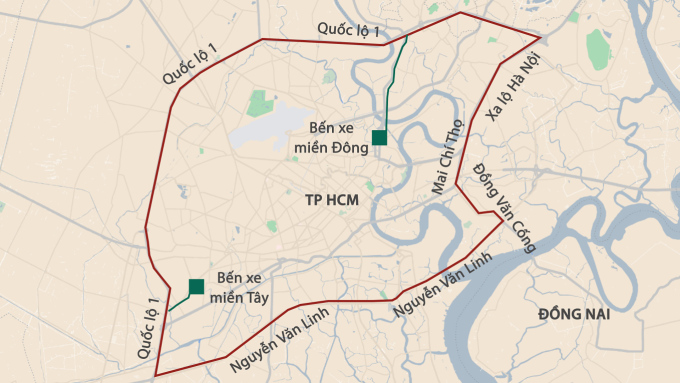
Belt banning sleeper buses from entering the inner city. Graphics: Hoang Dung
"The complete ban on sleeper buses entering the inner city is also part of the plan to reduce traffic congestion in the central area," said Mr. Giang, who said that sleeper buses are large in size but have fewer seats, meaning they have low carrying capacity and run in circles in the inner city, affecting traffic conditions in the inner city.
According to the representative of the city's Department of Transport, in reality, there are very few businesses investing in sleeper buses running on contract, most of which register their business in this form but operate on fixed routes. Therefore, the solutions the transport sector is aiming for are to gradually bring the activities of each type into order.
"The proposal to increase the time to ban sleeper buses from entering the inner city is at the stage of collecting opinions from relevant units. Depending on the field, there will be a specific assessment of the impact level for synchronous implementation," said Mr. Giang, adding that the transfer is also calculated appropriately for the convenience of passengers.
Supporting the policy of banning sleeper buses from entering the inner city, however, Deputy Director of Mien Tay Bus Station, Tran Van Phuong, said that if applied, the city needs to have a suitable solution to organize this type of vehicle to stop at the parking lots before entering the station to pick up passengers. Because sleeper buses from other places to the station to drop off passengers will not return immediately but need time to park and then pick up new passengers to turn around to go to other provinces and cities.
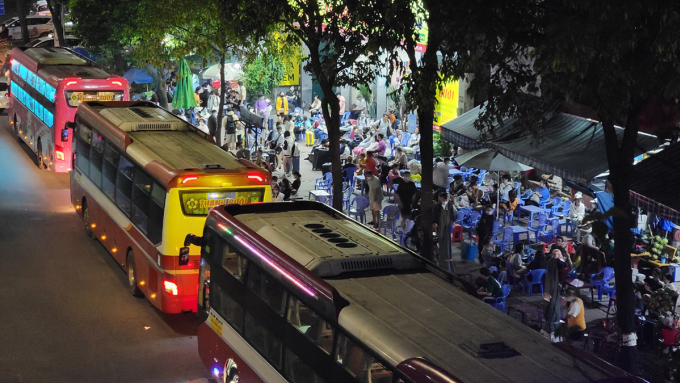
Sleeper buses line up to pick up passengers on Dien Bien Phu Street, Binh Thanh District, late 2022. Photo: Gia Minh
When the 24/7 ban is not in place, transport companies can bring sleeper buses to their parking lots or rented locations in the inner city to wait. When the ban is in place all the time, these vehicles can only park at the station, so with thousands of vehicles, there will not be enough space to accommodate them. "It is easy to distinguish between passenger vehicles and empty cars entering and leaving the parking lot, so a suitable traffic organization plan is needed if the ban on sleeper buses in the inner city is applied," said Mr. Phuong.
From a business perspective, a representative of a major car company in the city also supports the plan to ban sleeper buses from entering the inner city 24/7, because the time-based restriction has not resolved the existing problems related to illegal pick-up and drop-off in the central area. Over the past 4 months, when applying the time-based ban, in addition to stopping or renting parking lots on the beltways, some car companies have switched to operating after 10 p.m. to cope.
"Many sleeper buses run on contracts and for tourism, but in reality, the pick-up and drop-off points are like fixed routes," said a representative of this business, adding that this is not only unfair to businesses in the station but also causes the city to lose a huge amount of tax revenue.
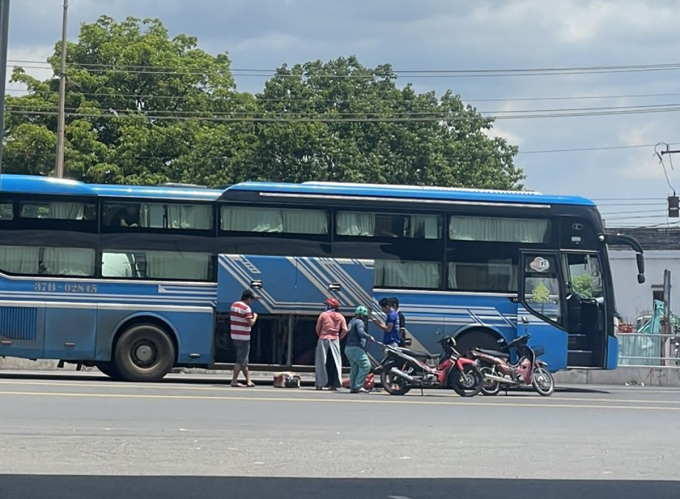
Buses pick up passengers along the road in front of the new Eastern Bus Station, Thu Duc City, April 2022. Photo: Ha Giang
Meanwhile, Mr. Le Trung Tinh, Chairman of the Ho Chi Minh City Tourist Car Transport Association, said that the city's desire to increase the ban on sleeper cars to 24/24 in the current context is unreasonable. The reason is that passenger transport activities have not recovered after the pandemic. On the other hand, car owners and transport businesses are facing many difficulties due to the inspection crisis, so tightening operations at this time will put them in a more difficult position. This also affects the travel of many passengers.
According to Mr. Tinh, the ban on 24/7 sleeper buses needs more specific evidence of its necessity. If it is for the reason of restricting "illegal buses and stations", according to him, it is not convincing because the current regulations are very strict and specific. For example, the business conditions of contract buses must have a list of passengers; the vehicle must be equipped with GPS and cameras; before departure, the Department of Transport must be notified for inspection...
The above viewpoint is also agreed by Mr. Dao Ngoc Tuan, representative of Tuan Duyen bus company, Ho Chi Minh City - Hanoi route. He said that at the beginning of this year, he bought four more 7-seat cars to transfer passengers from the city center to the sleeper bus parking lot on Mai Chi Tho Street, Thu Duc City, and then the journey to the North. If sleeper buses are banned 24/24, the shuttle bus from the center of Ho Chi Minh City will have to travel 23 km to the new Mien Dong station.
"To fill 38 seats, the bus has to make 6 trips, which takes a lot of time and affects the travel needs of passengers," he said, adding that the city should continue to regulate the current time-frame ban, because after 10 p.m. the road is empty, and only passengers who really need to travel will take the bus at this time.
Gia Minh - Dinh Van
Source link



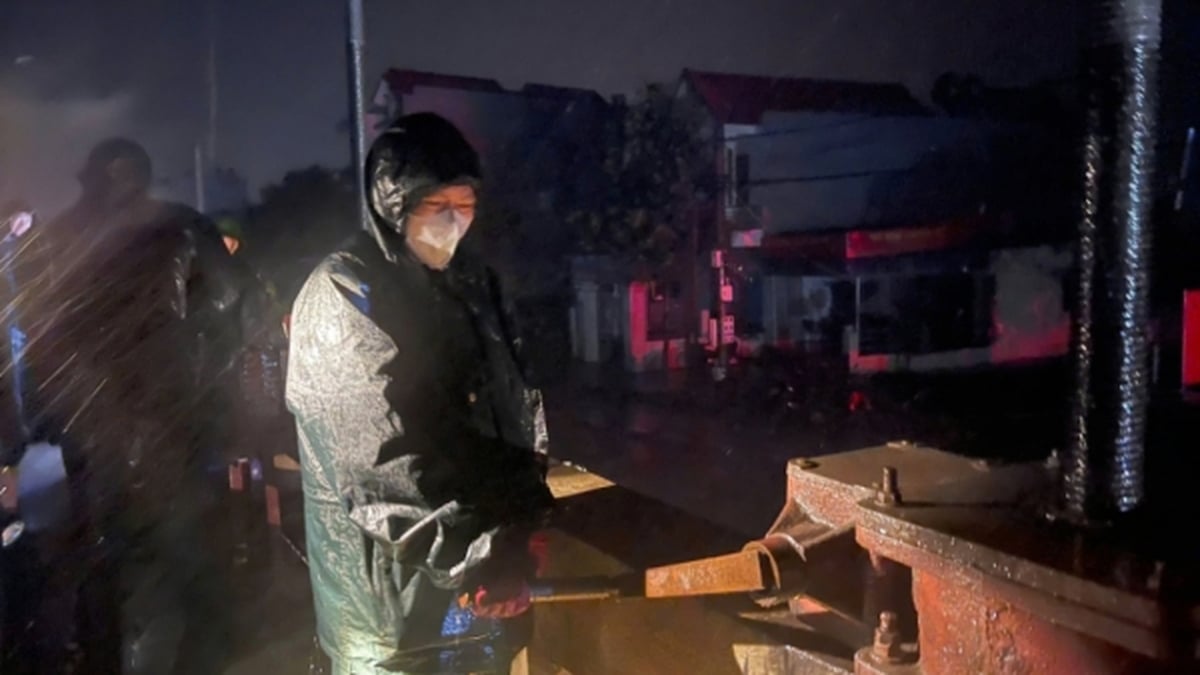
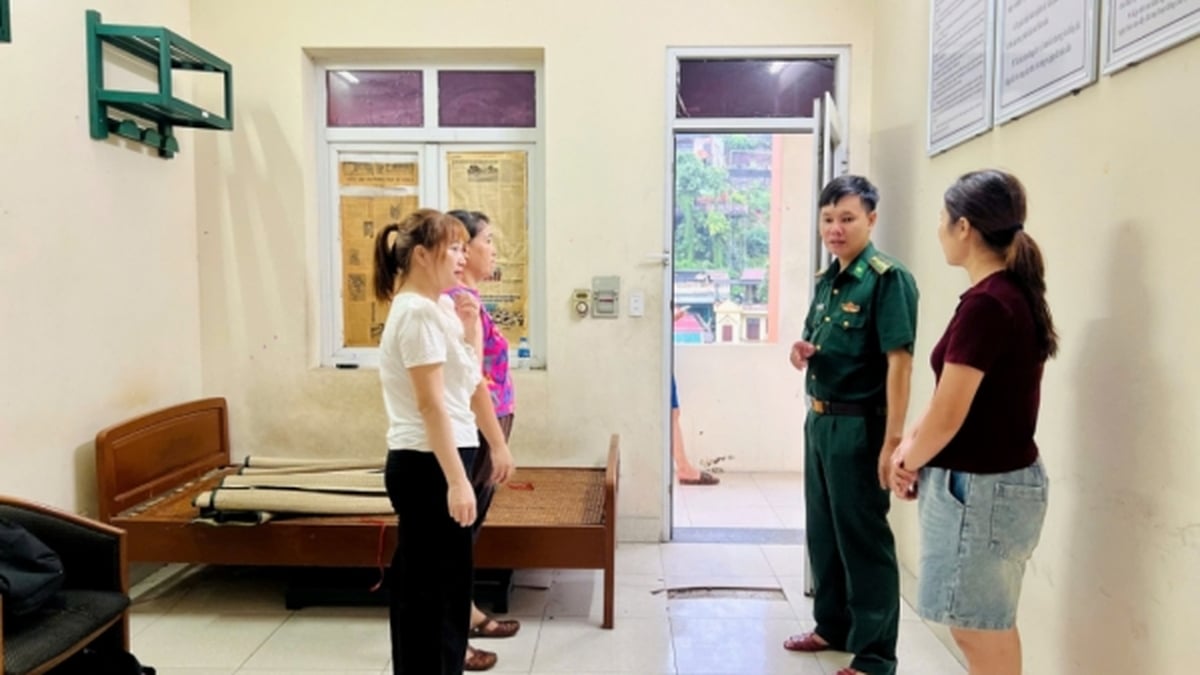

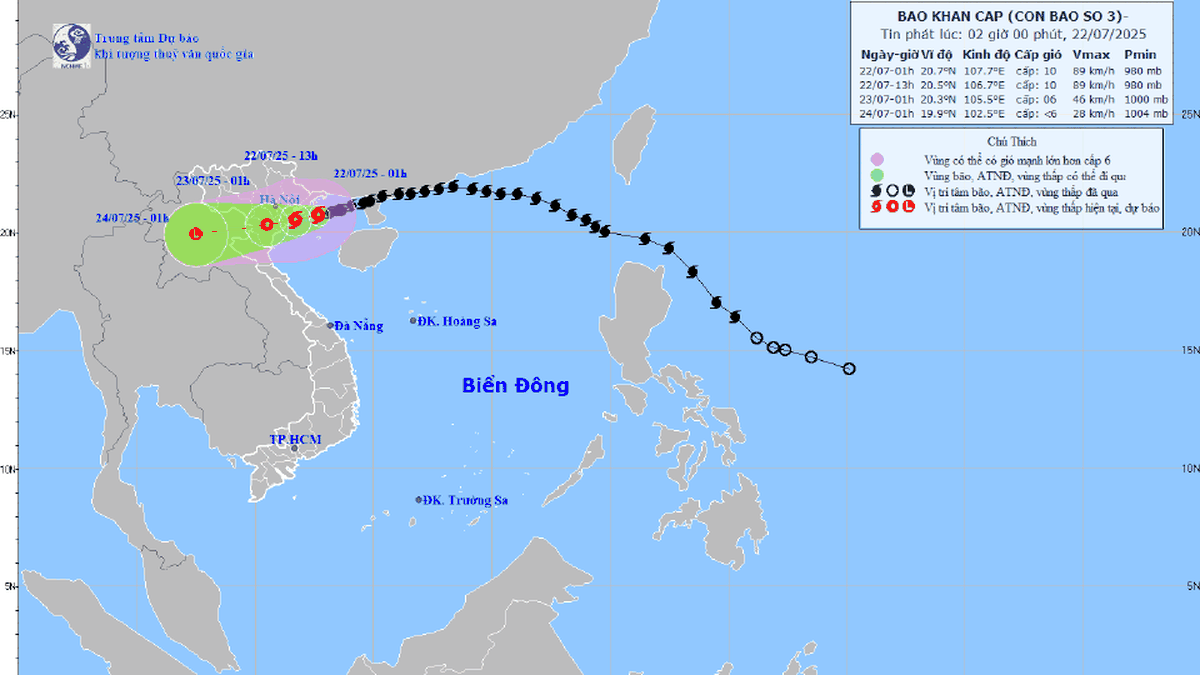

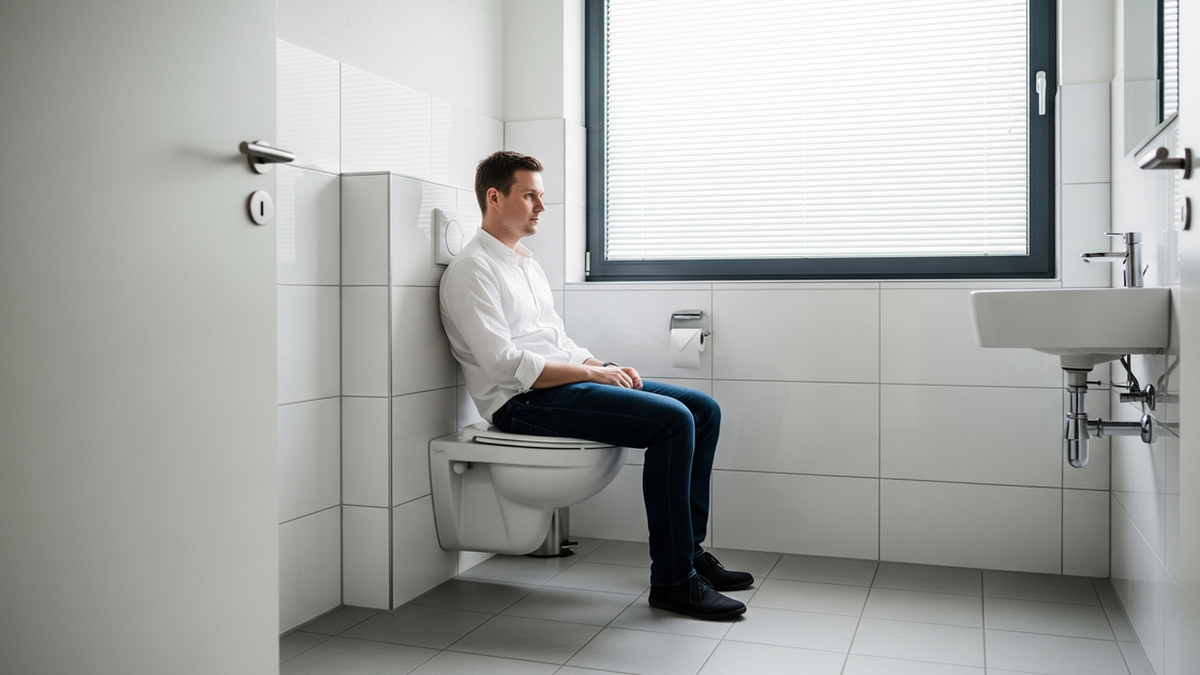
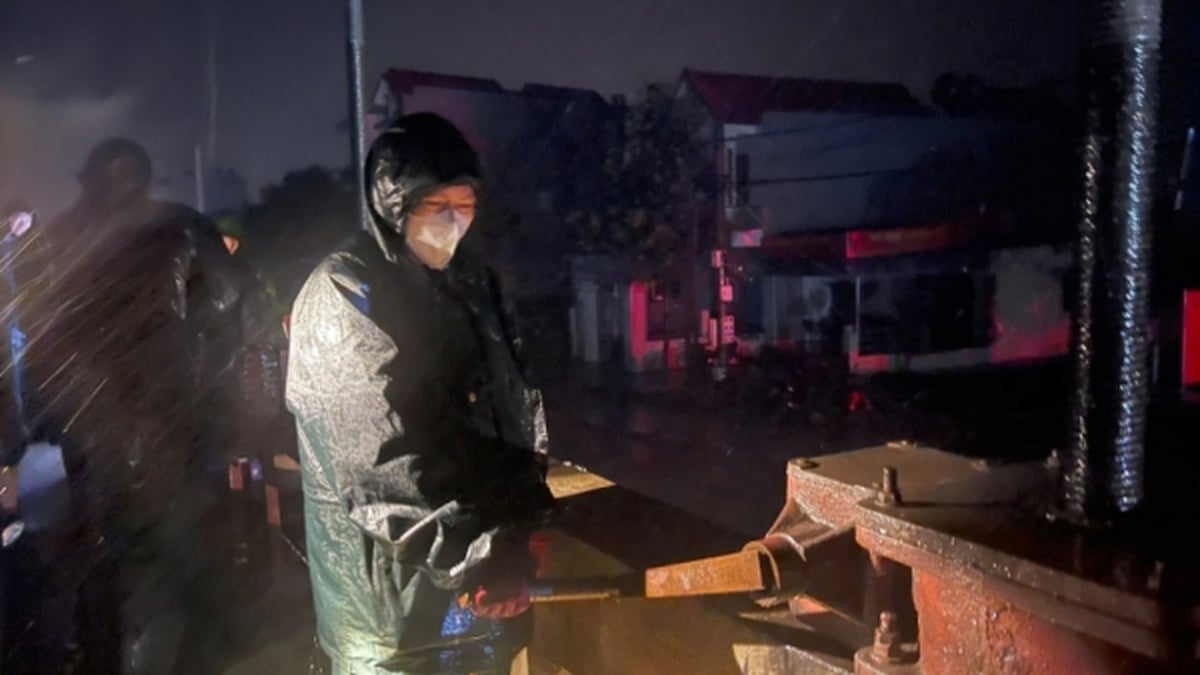

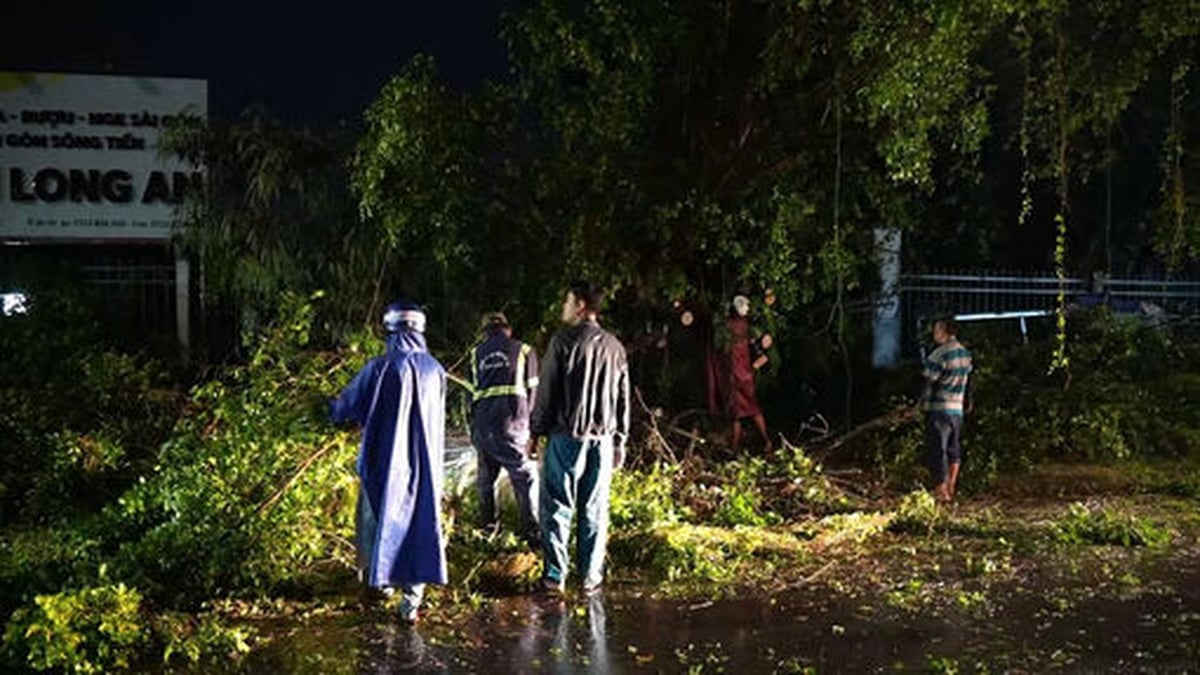












![[Photo] National Assembly Chairman Tran Thanh Man visits Vietnamese Heroic Mother Ta Thi Tran](https://vphoto.vietnam.vn/thumb/1200x675/vietnam/resource/IMAGE/2025/7/20/765c0bd057dd44ad83ab89fe0255b783)













































































Comment (0)